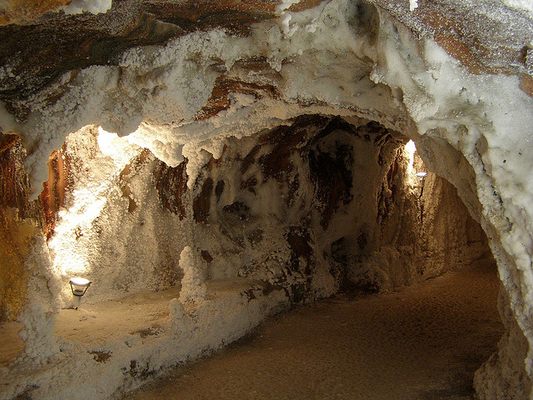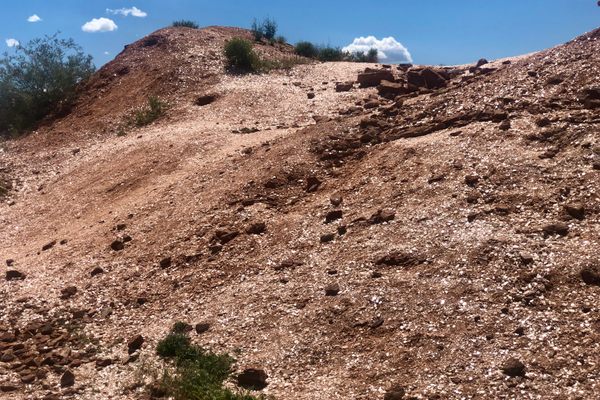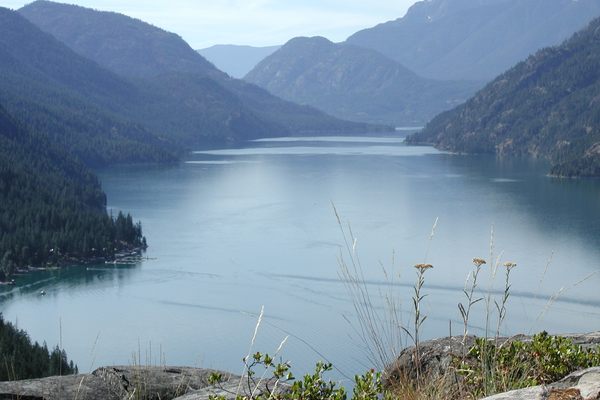About
The Cardona Salt Mountain (Muntanya De Sal) is a huge geologic formation made almost entirely of the world's favorite edible mineral.
Formed two million years ago when low-density salt was pushed up through the much harder materials surrounding it, the Cardona Salt Mountain is one of the largest domes of its kind in the world, and unique in Europe. While small amounts of other minerals pervade the savory hill, the salt pile would have a near translucent quality if not for the thin layer of reddish clay coating the exterior. The significance of the mountain was recognized as early as the middle ages when Romans began exploiting the mountain for its salt, which began to bolster the young Cardonian economy. With the invention of industrial mining techniques, a mine was built into the side of the mountain and a thriving facility formed at its base as excavators dragged enormous amounts of potash (water-soluble) salt from the innards of the hill. In addition to the mineral export, the locals of Cardona began making salt sculptures to sell and invented a number of hard, salty pastries unique to the area.
After the mine closed in the 1990's, the salt mountain was rechristened the Cardona Salt Mountain Cultural Park and the former excavation operation was opened for tourists. The facilities surrounding the mountain have been turned into a museum where visitors can check out the equipment and machinery used in the dig, but the real attraction is the tunnel into the salt mountain. Guests are given hard hats and allowed to journey into the old mine shafts. The interior of the salt mountain is covered in majestic salt formations jutting up from the ground and hanging down from the ceiling.
The Cardona Salt Mines are not only a geologic wonder but a staggering example of how delicious the world can be.
Related Tags
Community Contributors
Added By
Published
October 23, 2013























